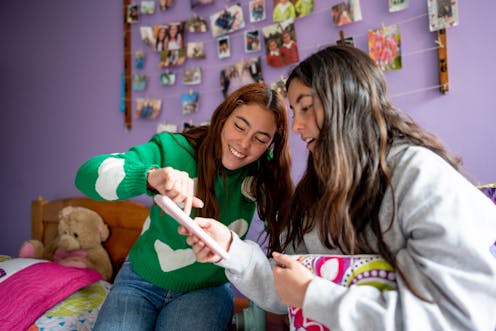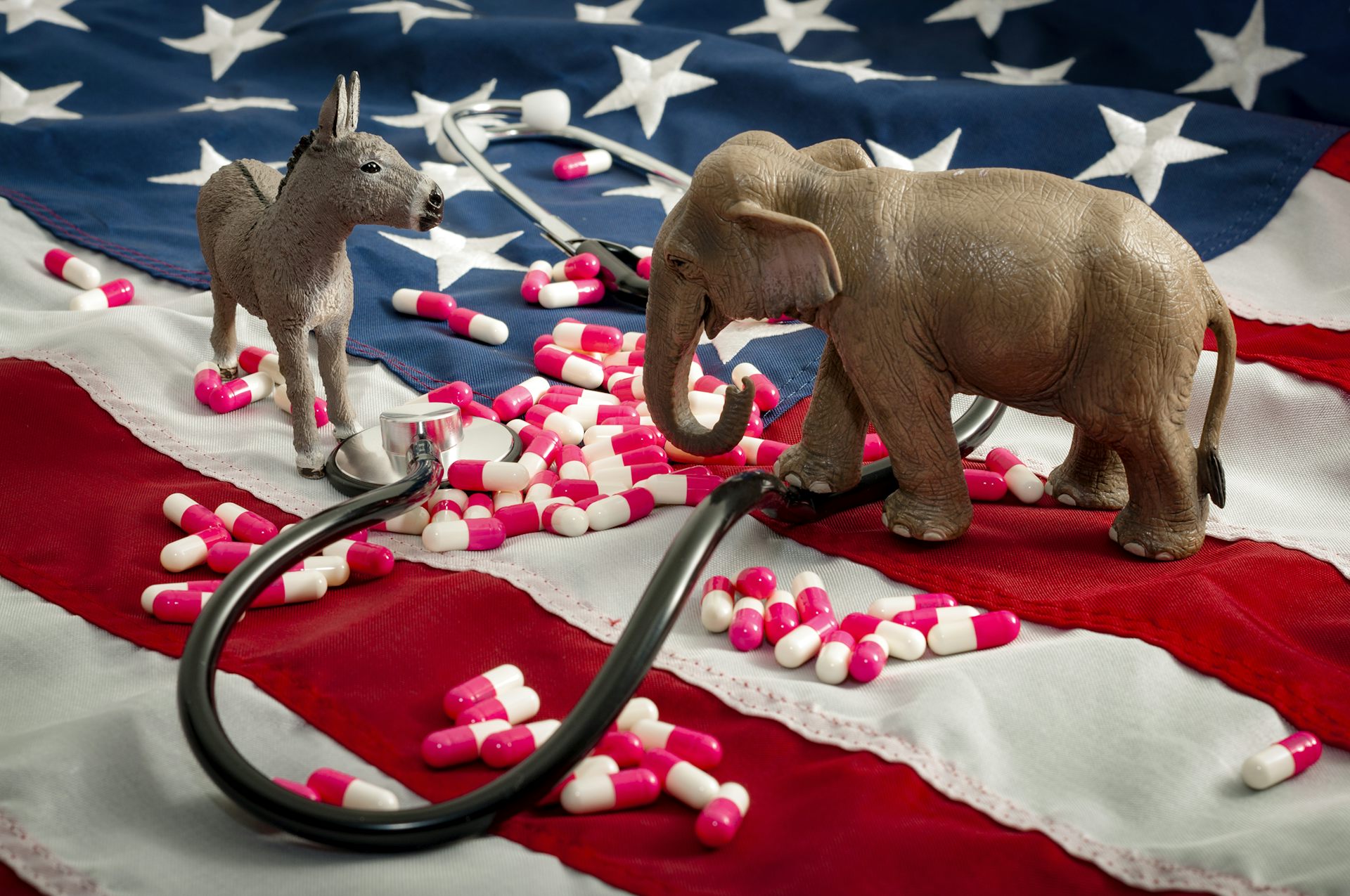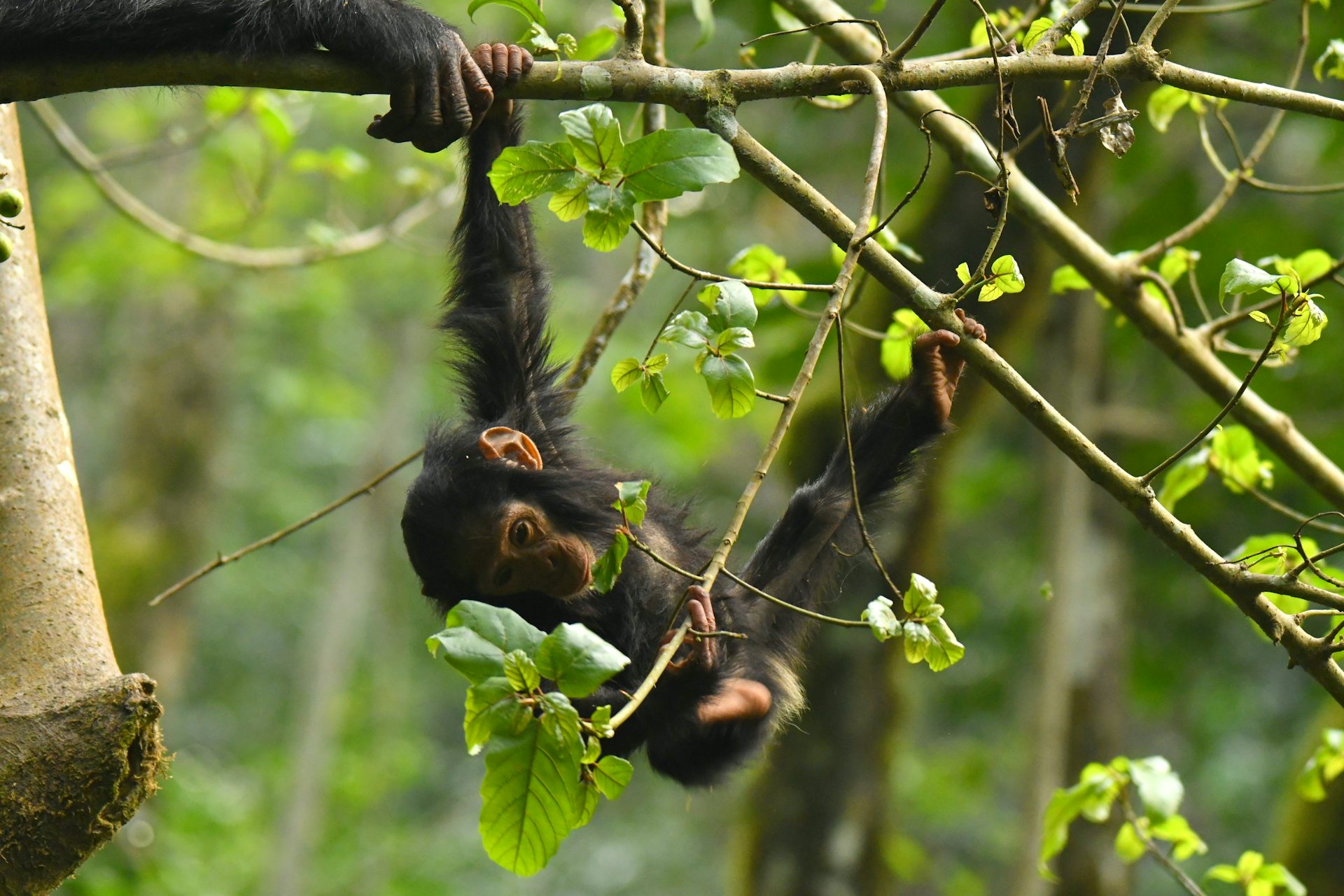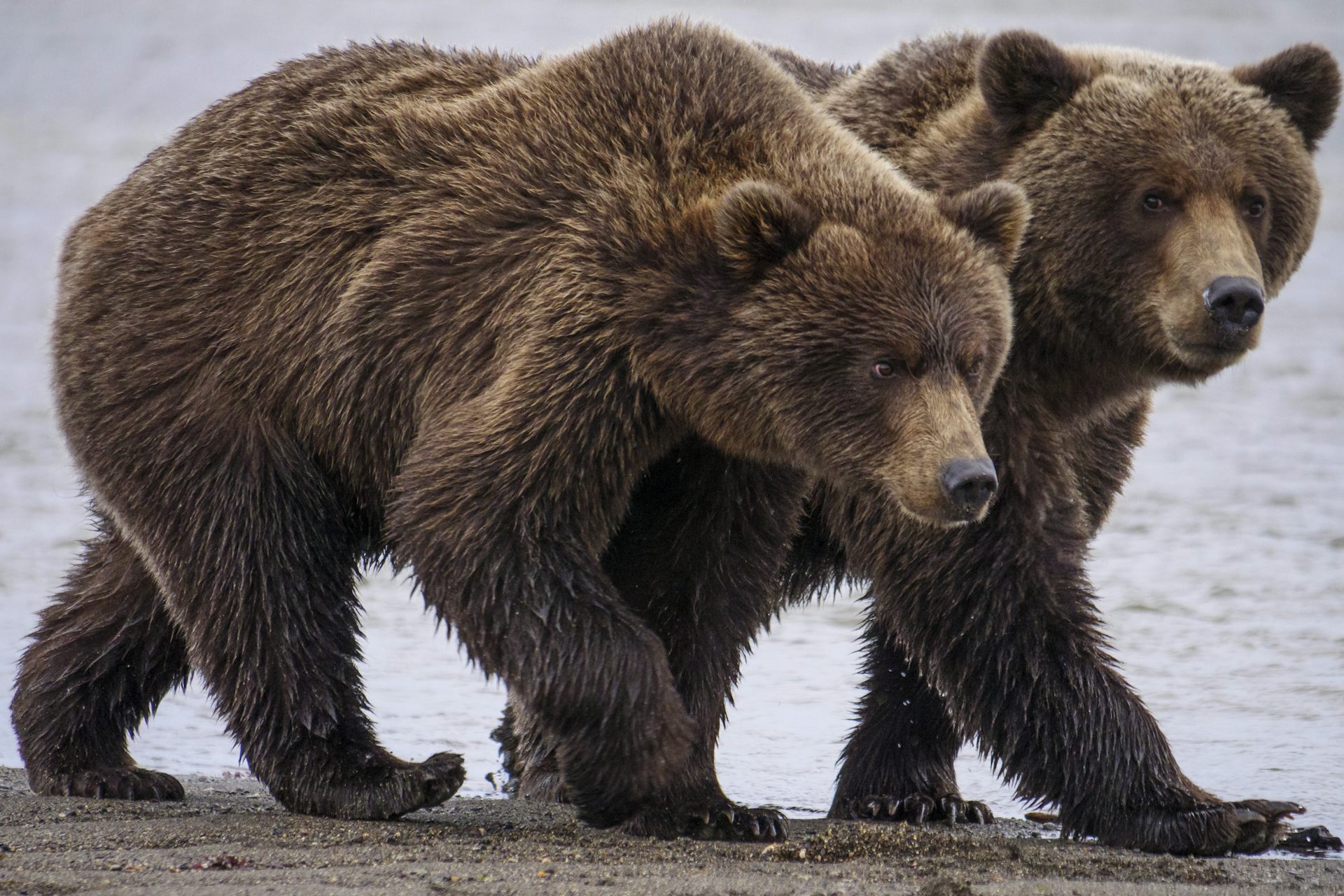4 reasons teens take part in social media challenges
Peer pressure, amusement and the desire for attention help explain why young people participate in risky social media challenges.

Social media challenges are wide-ranging – both in the stunts they involve and the reasons why people do them.
But why do young people take up challenges that pose a threat to health, well-being and, occasionally, their very lives?
We are an engineering professor who specializes in understanding how humans interact with computers and a psychology professor with expertise in mental health, specifically traumatic stress and suicide.
Together with our research team, we conducted a series of studies to try to understand what motivates teens and young adults to participate in different challenges.
For these studies, from January 2019 to January 2020, we interviewed dozens of high school and college students in both the United States and south India who had participated in social media challenges. We also analyzed 150 news reports, 60 public YouTube videos, over a thousand comments on those YouTube videos, and 150 Twitter posts – all of which were specifically about the blue whale challenge. This challenge, popularized in 2015 and 2016, was reported to involve progressively risky acts of self-harm that culminate in suicide.
We identified four key factors that motivate young people to participate in a challenge: social pressure, the desire for attention, entertainment value and a phenomenon called the contagion effect.
1. Social pressure
Social pressure typically comes when a friend encourages another friend to do something, and the person believes they will achieve acceptance within a particular social group if they do it.
We found that participation in challenges that promote a good cause, such as the ice bucket challenge, often resulted from direct encouragement. Ice bucket challenge participants, for example, would complete the challenge and then publicly nominate others to do the same.
Meanwhile, young adults who engaged in riskier challenges primarily wanted to feel included in a group that had already participated in such a challenge. This was true for the cinnamon challenge, where participants rapidly consumed cinnamon and sometimes experienced lung damage and infection. For example, 38% of research participants who engaged in the cinnamon challenge acknowledged that they were seeking peer acceptance, rather than being directly encouraged to participate.
“I think I did it because everyone I was going to school with did it at the time,” said one student who saw the challenge as popular among their peers. “And I figured there has to be something about it if everyone was doing it.”
2. Seeking attention
A form of attention-seeking behavior exclusive to participants of the ice bucket challenge was a wish to be recognized for supporting a commendable cause.
However, the attention-seeking behavior we observed among teens and young adults often led to participants innovating a more hazardous version of a challenge. This included enduring the associated risks longer than others.
For example, one participant in the cinnamon challenge swallowed powdered cinnamon for a period longer than their peers. “It was definitely peers, and like I said, you know, the attention,” they said. “Seeing other friends posting videos and who could do the challenge longer.”
3. Entertainment
Many young adults participated in these challenges for amusement and curiosity. Some were intrigued by the potential reactions from people who witnessed their performance.
“It seemed like fun, and I personally liked the artist who sings the song,” said one participant about the Kiki challenge. The challenge involves dancing next to a moving car after stepping out of it to Drake’s song “In My Feelings.”
Others were interested in experiencing the sensations associated with executing the challenge. They wondered if their responses would mirror the other individuals they had observed doing it.
One participant said it was “mostly curiosity” that motivated them to do the cinnamon challenge: “Just because, seeing other people’s reactions, I kind of wanted to see if I would have the same reaction.”
4. Contagion effect
Challenges, even those that are seemingly benign, can spread quickly across social media. This is due to the contagion effect, where behaviors, attitudes and ideas spread from person to person. How content creators depict these challenges on digital media platforms also contributes to the contagion effect by encouraging others to participate.
After analyzing digital media content related to the blue whale challenge, we found YouTube videos about this challenge often violated the Suicide Prevention Resource Center’s nine messaging guidelines. This means the posts exhibited risk factors for promoting contagion of harmful behaviors.
Specifically, of the 60 YouTube videos we analyzed regarding the blue whale challenge, 37% adhered to fewer than three guidelines, categorizing them as primarily unsafe. The most commonly violated guidelines involved failure to avoid detailed or glorified portrayals of suicide and its victims, to describe help-seeking resources, and to emphasize effective mental health treatments.
Our research also explored how participants viewed challenges after doing them. Half of those who engaged in a risky challenge indicated that if they had understood the physical danger or potential risk to their social image, they might have opted not to do the challenge.
“I would not have done the cinnamon challenge if [I had known that] someone ended up in a hospital performing it,” one respondent told us.
Based on our research, we believe that if more information about the potential risks of social media challenges was offered to students in schools, communicated to parents and shared on social media, it could help teens and young adults reflect and make informed decisions – and deter them from participating.
Kapil Chalil Madathil receives funding from the Agency for Healthcare Research and Quality, the Department of Defense, the Department of Education, and the National Science Foundation.
Heidi Zinzow receives funding from the National Science Foundation and the Agency for Healthcare Research and Quality.
Read These Next
Congress takes up health care again − and impatient voters shouldn’t hold their breath for a cure
Why does health care reform keep failing despite decades of attention and expanding costs? A scholar…
Risks young chimps take as they swing through the trees underscore role of protective parenting in h
The youngest chimpanzees are the biggest risk-takers. Would humans show the same pattern if adults weren’t…
Today Venezuela, tomorrow Iran: can the Islamic Republic survive a second Trump presidency?
Perhaps no one outside of Venezuela should care more about the US invasion and capture of President…






